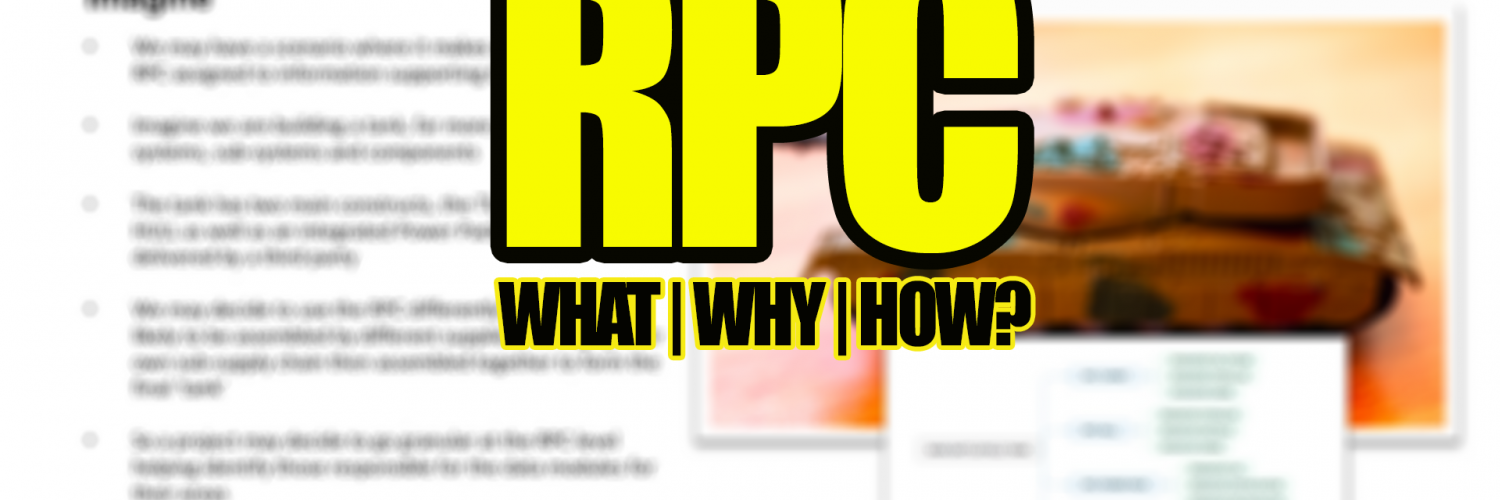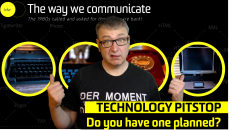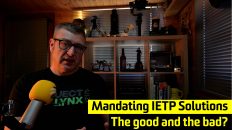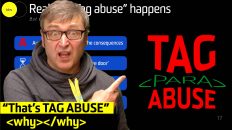The S1000D RPC – What, Why and How?
Our latest short tutorial was inspired by a TD-iQ subscriber asking if the adoption of the Responsible Partner Company code (RPC) was correct on their project. This was a sensible and reasonable question which many projects have had over the years.
This is a question that comes up all the time as many confuse the role of the RPC and originator information
On the face of it the RPC is a easy and quick decision, but have you considered what S1000D is telling you? Have you thought about the implications on the project and why getting it right is vital and using a sensible approach aids in the project management of a large, complex S1000D project.

In this short tutorial we look at:
- What is it and what does S1000D say? We take a look at the chapter in question and pull apart what S1000D is both saying directly and implying that a project may and may not do
- Let’s look between the lines and see what S1000D is really saying and the reasoning behind it, for this we talk about REAL projects and how they have implemented the RPC codes on their platforms
- We then look at some structure (nothing complex) and show the hierarchy of the elements and attributes associated with the population
- Then we look at some examples of how you may want to use it on your project, we use our model tank, the TDW Bike and a Boeing 737 to illustrate the why of the code
Full TD-iQ subscribers can watch this short (20 minute) tutorial as part of your subscription via your TD-iQ dashboard, if you are not a TD-iQ subscriber and would like more information on how you can access this and many other similar tutorials, please see the options on our membership page.






